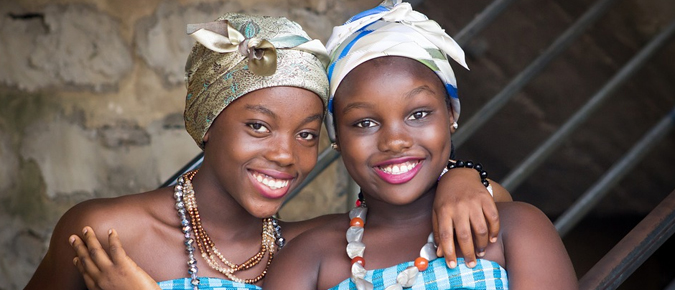
2020 has been a massive year in the world of public health. And, with COVID-19 cases and deaths still on the rise globally, managing the pandemic and responding to its broader impacts are set to be a public health priority for years to come - including the indirect impact of health services disruptions on other diseases such as cancer. But amid the crisis, world-wide progress to eliminate one major public health problem is gaining momentum.
Globally, over 300,000 women die from cervical cancer each year, and close to 90% of these deaths worldwide occur in low and middle income countries. In some of the poorest countries in the world, cervical cancer is the leading cause of cancer death, yet we know cervical cancer is both preventable and treatable.
This week, the World Health Organization (WHO) launched a strategy for the global elimination of cervical cancer and implementation of national cervical cancer control plans.
The strategy, Accelerating the Elimination of Cervical Cancer as a Public Health Problem, is the cumulation of a process initiated in 2018 by WHO Director-General Dr. Tedros Adhanom Ghebreyesus. It is designed to advance women's health, strengthen worldwide health systems and address inequities between and within countries, placing countries on the road to eliminating cervical cancer.
This is a significant milestone - never before has the world had the evidence, technology, and cooperation to enable elimination of a major cancer.
In research to support WHO's planning, our team at Cancer Council NSW with our collaborators at Harvard University in the US and Laval University in Canada found that as many as 74 million cases could be averted and more than 62 million lives could be saved, if 78 of the poorest countries in the world are able to rapidly scale up HPV vaccination, cervical screening and access to cancer treatment services.
The target is ambitious but achievable. We have the technology to eliminate cervical cancer, and the evidence to show it is feasible. We now need the political will in all countries to make it a reality.
To reach elimination, the WHO strategy requires three targets to be met by every country by 2030:
- 90% of girls being vaccinated against HPV
- 70% coverage for twice-lifetime cervical screening with a high precision approach such as HPV testing
- 90% coverage for treatment of preinvasive lesions and invasive cancer
Given that close to 90% of cervical cancer deaths occur in less-developed regions, these countries must be the global community's first priority for implementation of HPV vaccination programs, high coverage cervical screening, and establishing cancer treatment services.
By prioritising lower-income countries we will be able to alleviate the enormous global inequities of this devastating disease.
Australia has led the way in the public health innovations that support cervical cancer elimination and has been at the forefront of cervical cancer prevention for decades. Australia was the first country to introduce a national publicly-funded HPV vaccination program in 2007, and the first country to introduce an HPV-based cervical screening program specifically designed to complement HPV vaccination in 2017. The effective reach by global standards of our universal health coverage has helped ensure access to treatment for women screened and those who are diagnosed with cervical cancer.
While Australia has one of the world's lowest cervical cancer rates, we can build on our successes and further reduce cervical cancer by supporting the renewed screening program and ensuring we have recovery strategies in place to manage COVID-related disruptions to screening and vaccination. Reaching priority populations - particularly Aboriginal and/or Torres Strait Islander women, some Culturally and Linguistically Diverse (CALD) groups of women, and others who we know are less likely to participate in cervical screening - is critically important to ensure no Australians are left behind.
Everyone can get behind our push for a cervical cancer free future, from individuals who can engage in the screening and immunisation programs and health professionals checking their patients are up to date with screening and vaccination, to policy makers and collaborators who can drive this agenda globally.






